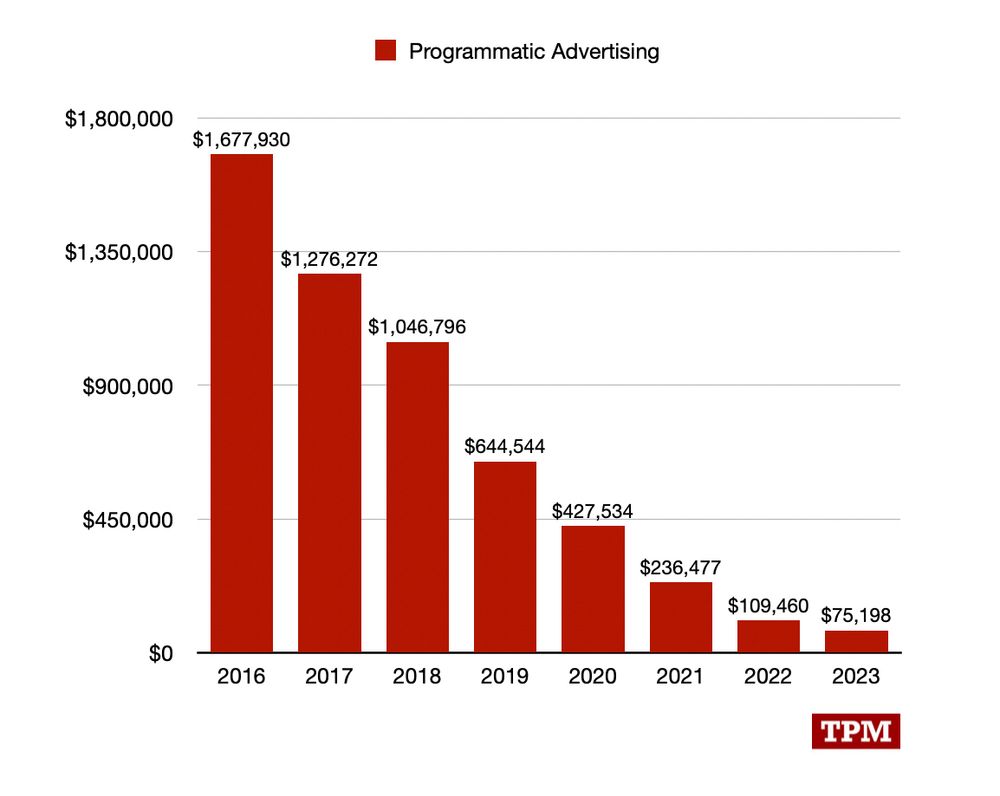- Digital Media Products, Strategy and Innovation by Kevin Anderson
- Posts
- Lessons from succumbing to the perverse incentives of a rented audience
Lessons from succumbing to the perverse incentives of a rented audience
Why a product focus rather than a focus on AI is critical to make journalism more relevant to communities

This was a week in which all of the harsh lessons and dangers for media of relying on rented audiences were on display. For one, Facebook completed its divorce from news media and told Australian news outlets that it would stop making payments to them. Facebook also announced that it was retiring its news tab in Australia and the US and would soon be doing so in other countries as well.
Alan Soon of Splice Media and Adam Tinworth have both said that it was time for media to move on, and Social Media Today gave a reason for media to do so with confidence. Research from “media insights platform Memo” found “no direct link between how much engagement a post gets in social apps and how many people then read it”. People aren’t reading the article but merely reacting to the headline, Social Media Today goes on to say. No journalist or journalism business wants that result.
And all the data shows that referrals have plummeted from social media over the last few years. Through my work over the past decade, I have seen the data of hundreds of publishers, and while Facebook used to drive significant amounts of traffic, it has been declining for years. Social Media Today says that there is still value in brand awareness, but research has shown that correct attribution is much lower for visitors from search and social than it is from direct traffic.
More than that, the research in Social Media Today found that negative content received more engagement than positive or neutral content. Outrage on social media drives more engagement than positive or neutral content. While it will surprise no one, it still underscores the perverse incentives that have operated on social media that have damaged not only media businesses but our societies and democracies.
Of course, social media still has a place in audience development. As Adam Tinworth says, we are moving to a platform+ era in which platforms and rented audiences play a role, but the focus must be on the KPIs that favour converting the relationships developed on social media into direct relationships. In my previous role, we used organic as well as paid social media to drive newsletter subscriptions. I’ll be honest, the newsletter we got from Facebook weren’t as engaged as those we got directly from our marketing or on our properties. And membership and subscription services like Poool are creating opportunities to convert social media users into known, registered users.
And on Bluesky, this was shared from Josh Marshall of Talking Points Memo. It showed the collapse of programmatic ad revenue for TPM over the past eight years. “As I think is pretty clear, if this is your business, you’re dead. You don’t have a business,” he wrote. The scale model of digital media was all about using social media to build huge audiences that could then be monetized through programmatic. I even remember hearing media executives talk about how they would make newsrooms pay for themselves through traffic and programmatic ads. It didn’t play out.
And that brings us to the current sad state of affairs for the scale players. This is how it played out. For groups in the US, many of them took on unsustainable amounts of debt in their pursuit of scale as they bought up more and more properties. They were forced to make cuts, in both the newsrooms and in their ad sales staffs, which meant that they struggled with direct ad sales. The newsroom cuts ran deep, and they made tepid efforts at reader revenue experiments with little conviction. The experiments usually failed because often they came at a point when the product was so gutted that it didn’t attract enough takers to offset the loss of advertising. The paywalls came down and the ad loads went up. (My wife used to say that she knew when she was on a news website because the fans on her laptop would spin up so high that it sounded like it was ready to take off.) Invasive ads made the user experience horrible, driving down traffic and yields even further. In a slow-motion car crash that played out over years, social traffic collapsed, pushing ad revenue down even further. It is sad. Poor user experience and poor products have turned off users, and after endless rounds of cuts, the content isn’t local enough to serve communities or good enough to convince people to pay.
That brings us to where we’re at now. And now, as we see from the latest print circulation figures in the UK, newspapers will have to develop digital revenue streams. There is no other option available.
Here are some steps to start that journey:
The first step should be a range of tactics to convert unknown audiences to known audiences, and they need to do this with all urgency. It has shown such promise for so many publishers and has so many benefits.
They also need to get closer to audiences. In the past few years, I have developed such an appreciation for qualitative research. I have been a ‘numbers guy’ for most of my life, and quantitative data is a great way to measure what your audiences are doing, but qualitative data tells you why they are doing it.
Use all of that rich first-party data to improve all of your operations - product, revenue and marketing.
We have models of how to make this work at almost any scale, and it’s sad to see how much damage is being done to journalism and media brands by doubling down on a strategy that has not worked for years - chasing scale via rented audiences.
The chains in the US have turned to try to capture some of the philanthropy cash that is now flowing to communities, but look at this story. Report for America says that they won’t put their reporters in hedge fund-owned publications.
Google is paying some publishers to test an AI product on their content. As publishers develop their strategic guidance on AI, they will need to define their terms of engagement with AI players just as they should have with social platforms.
I am sad for all of the journalists, photographers, ad staff and others who have lost their jobs over the last 20 years in the US and UK, where I have predominantly worked. But I do see green shoots of growth now as small start-ups launch with the MVP of the day, a newsletter, and then build out from there. They are far from replacing the reporting capacity that once existed, but I do hope that it is clear that it is time to close this disastrous chapter in journalism and move on.
Now to the round-up for this week. Like other major responsible news publishers, the BBC has announced their well thought through plan on how to use generative AI. The announcement looked at experiments in three areas:
Maximising the value of existing content
Reaching new audiences
Improving processes to make them more efficient
Meanwhile, Mattie Peretti who started out during an ICFJ Knight Fellowship to find out how AI could be used to help news organisations serve their communities better. After four weeks, he found the problem statement was wrong, and he says: “we can’t make our industry more sustainable without radical new solutions and creating products that users actually want. The role AI might play in creating them is somewhat irrelevant.” Amen and read on.
A blockbuster piece from the New York Times looking at how Google and Meta have benefited from a Chinese e-commerce spending spree to crack the US market.







